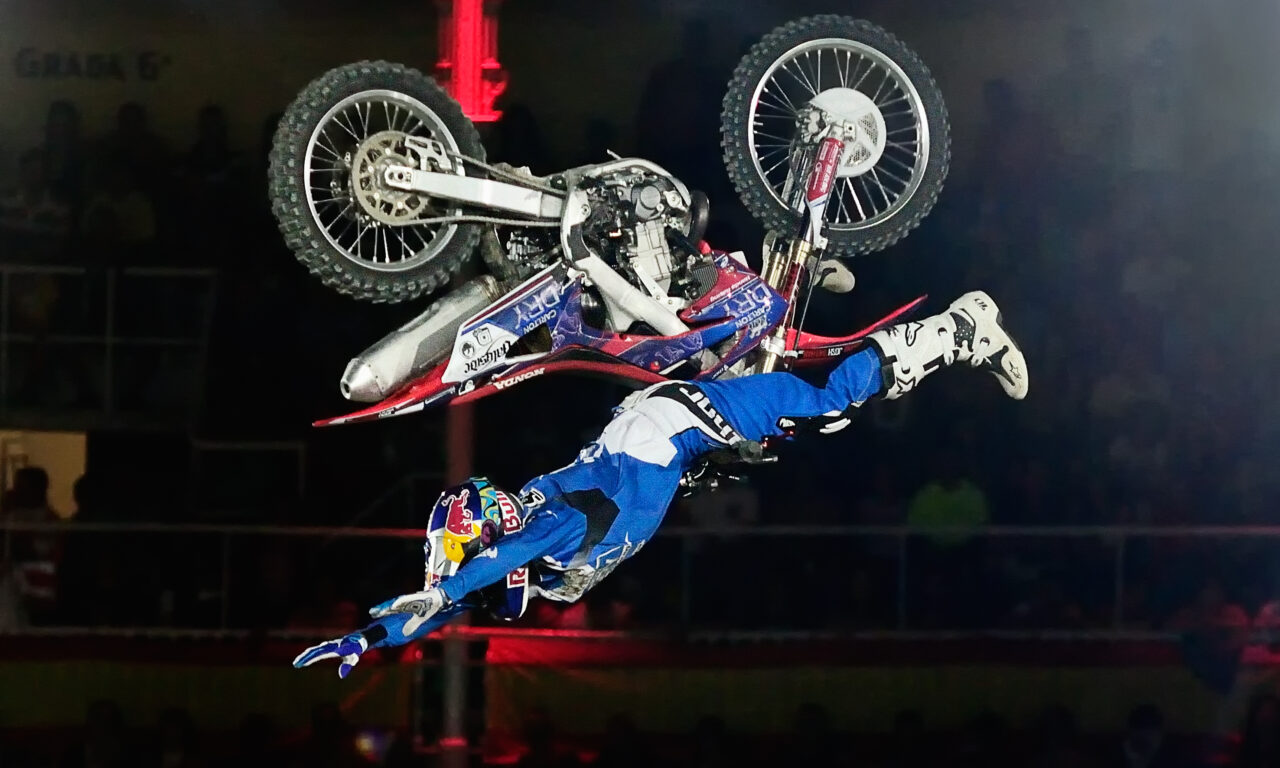How sponsorship in extreme sports can drive culture-defining partnerships

For brands bold enough to enter the arena of sponsoring extreme sports, the rewards of deep engagement, cultural relevance, and unforgettable storytelling can be extraordinary. But when athletes test human limits, sometimes with a brand’s logo just feet away, accidents become an inherent part of the thrill. That makes alignment and intentionality paramount. In the right context, sponsorship of extreme sports offers powerful emotional and cultural resonance.
The draw of the spectacle
Extreme sports create the kind of raw, visceral moments that audiences, particularly Gen Z and millennials, are compelled toward. These aren’t just stunts; they’re stories of courage, endurance, and human aspiration. When done right, the spectacle sticks.
Red Bull’s 2012 Stratos project, which sent Felix Baumgartner skydiving from the edge of space, attracted over 9.5 million concurrent YouTube viewers. It wasn’t just the most watched livestream of its time, it was a masterclass in brand alignment. “We had to prepare for every eventuality,” said a Red Bull executive, referencing the real possibility of broadcasting a fatality. But the event captured imaginations worldwide, reinforcing Red Bull’s identity as a brand that champions boldness, science, and thrill.
Acknowledging the risk
Extreme sports are inherently risky, and the data from the earlier days reflects that. Between 2000 and 2011, more than 4 million injuries were associated with seven extreme sports in the U.S. alone—11.3% involving serious head and neck trauma. In Australia, a narrower definition still counted 693 deaths from 2010–2016. In wingsuit flying, 38 people died globally in 2016, 15 of them in August. Those numbers have all but continued.
The possibility of fatalities raises important ethical and strategic considerations for brands. Yet risk-taking is also a central aspect (arguably the central aspect) to the appeal of these sports.
To read about risk in the context of esports, read here.
Embracing brand responsibility
What matters is how brands engage with this risk. Eidenmüller notes that young athletes, in particular, may be influenced by cognitive biases, such as overconfidence or peer pressure, and by the media environment that rewards spectacle. A sponsorship campaign that amplifies pressure rather than supports safety can tip the balance in the wrong direction.
But that’s not inevitable. Responsible sponsors play a vital role: supporting athlete wellbeing, ensuring informed decision-making, and creating campaigns that celebrate excellence while being wary of recklessness. Effective sponsorship in extreme sports means more than visibility—it means shared values, safety leadership, and long-term credibility.
To read about responsibility in the face of potential criticism, read here.
Why brands still say yes
Despite these challenges, the upside remains clear. Extreme sports sponsorships consistently outperform traditional sports in social media engagement, brand recall, and content virality, especially with younger audiences. According to a 2023 IEG report, this advantage stems from authenticity and emotional intensity.
GoPro offers a compelling case. The brand is inseparable from extreme sports, with its “Be a Hero” platform embedding risk into its identity. In 2015, wingsuit flyer Uli Emanuele, a GoPro collaborator, died during a jump. The response from audiences was not backlash, but empathy, recognizing the loss as part of a deeply authentic story.
The bottom line is alignment and purpose
Extreme sports are not for every brand, but for those that genuinely share the spirit of exploration, innovation, and resilience, they offer unmatched potential. With clear-eyed awareness of the risks and a strong ethical compass, sponsorship in extreme sports can support athletes, elevate storytelling, and build partnerships that last through the adrenaline.
Subscribe to The Sponsor for more practical tips and expert insights.









